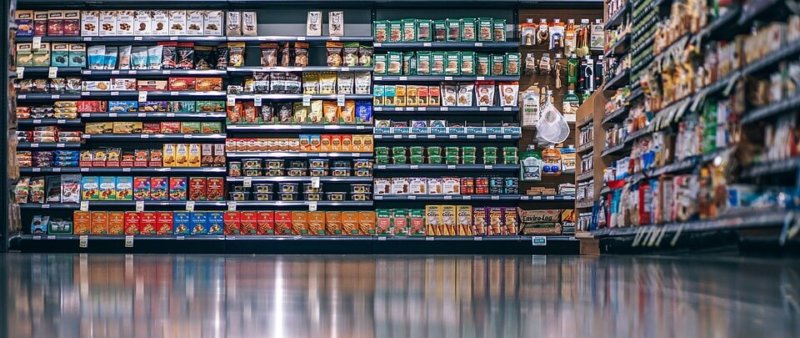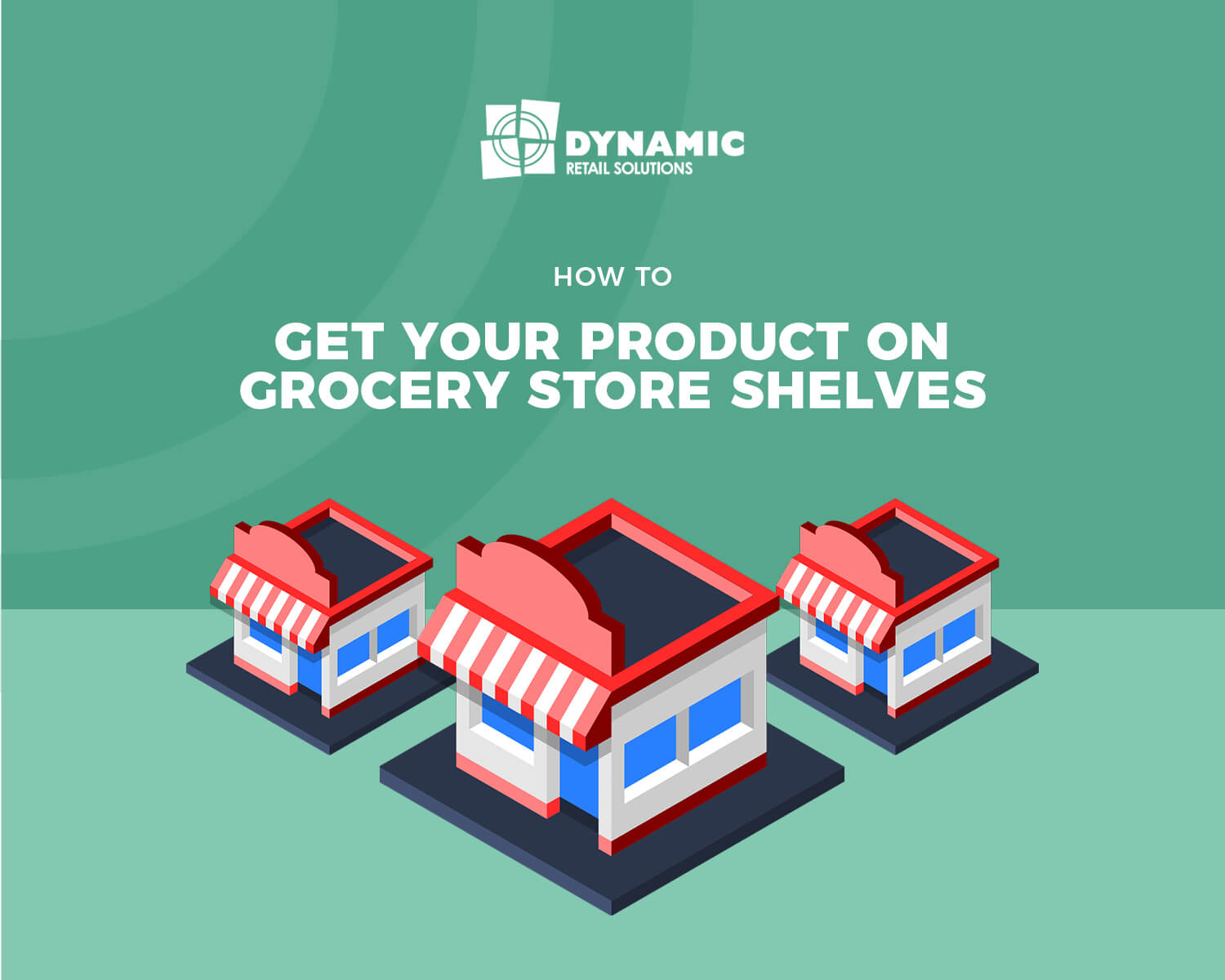Getting your product onto grocery store shelves is a great way to expand your brand reach and connect with new customers. After all, while you can sell a handful of your products through Facebook groups and websites, you can get a much broader range of customers from a collaboration with a pre-established retailer.

So, how do you get your product on grocery store shelves? There are two options. Either you can go through the exhausting process of approaching every store and hoping for the best, or you can work with a good distributor. Since most grocery stores will only work with a handful of suppliers, a distributor can significantly improve your chances of success. With that in mind, here are a few tips on how to get your product on store shelves, with the right help.
Step 1: Conduct your Market Research
Market research is a critical component of launching a successful business. When you first started your company, you probably took some time to look into your competitors and find out what your target audience wanted most from your food item. Now that you’re ready to expand onto grocery store shelves, start by visiting as many local retailers as possible.

If you can, talk to the buyers about what they look for in the products they sell at their stores, and what their business terms are. You could even consider a market audit to get a deeper insight into the space you want to sell in.
Step 2: Create your Brand Image
Once you’ve got plenty of research to guide your product development, you can use that information to create professional-looking and attention-grabbing packaging to make your items stand out on grocery store shelves. Remember, packaging sometimes can sell your product a lot better than anything else. Working with an experienced designer can help you to give your customers, and grocery store buyers the right impression. Make sure you think about all the aspects of your brand image, including:
- The size and shape of the packaging
- How you’ll differentiate yourself from your competitors
- Your logo design
- What information you need to include on the packaging
Step 3: Contact Distributors
You’re almost ready to create a pitch or presentation at this stage, but first, you’ll need a little help from the experts. Reach out to your food distributors and set up an appointment so you can show them your product. Make sure that samples are available for people to test when they arrive at your meeting.
During this conversation, you’ll be able to discuss why your product should be stocked on grocery shelves, and what you can offer potential partners. Remember to listen to your distributor’s feedback carefully, as they can give some great tips on how to grow your business.
Step 4: Start Approaching Grocery Stores
Finally, once you’ve got your distributors on-side, you’ll be ready to start speaking to grocery store buyers. Most will want to carry your product on “consignment.” This means that they pay you only after the product has been sold. Obviously, this means that you’re going to need to invest before you get a return. Consignment launches your product and gives you a way to test how well it performs in the market.
You’ll have an opportunity to discuss all the ins and outs of your new agreement during your meeting with a potential grocery store buyer. Remember that after you’ve created a partnership, you’ll still need to do your part to market your product and spread awareness. Think about things like social media campaigns or visiting trade show events.
Ready to get onto grocery store shelves? Contact the experts here at Dynamic Retail Solutions today!

